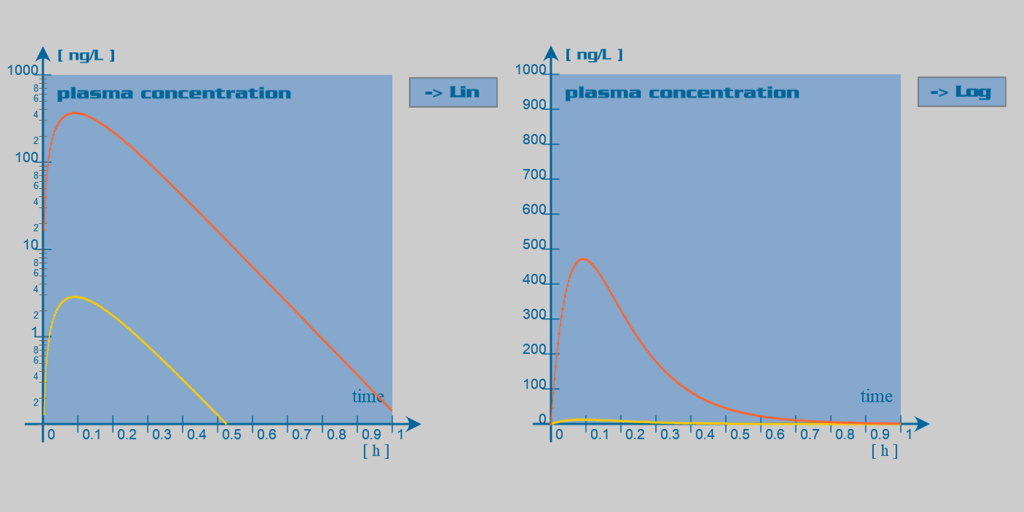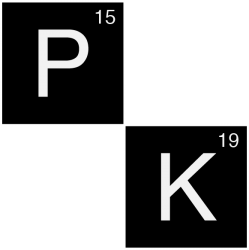Nitroglycerin pharmacokinetic parameters
| Oral bioavailability (F) | <1% |
| Sublingual bioavailability | 38% |
| Topic bioavailability | 72% |
| Clearance (CL) | 1500 L/h |
| Volume of distribution (Vd) | 210 L |
| Half-life (t1/2) | 0.05 h |
Description
Nitroglycerin is a vasodilatator used for the treatment of anginal attacks. Nitroglycerin decreases the smooth muscle tonus of blood vessels, mainly of the veins, through the local production of nitrous oxide (NO).
Nitroglycerin is very liposoluble and is readily transported through membranes. Therefore, nitroglycerin is totally absorbed by the intestinal mucosa but undergoes a massive hepatic first pass effect, rendering its oral bioavailability negligible. Sublingual, intravenous or transdermal administration of nitroglycerin partially by passes this first pass effect, allowing plasma concentration to reach the therapeutic range.
Nitroglycerin has a large volume of distribution due to its high liposolubility and to tissular protein binding. Nitroglycerin binds moderately to plasma proteins (60%).
As a consequence of rapid metabolism in the liver and in other tissues, nitroglycerin’s half-life is very short (1-4 min) and it’s systemic clearance usually exceeds the cardiac output. Nitroglycerin metabolites are excreted through the kidneys.
Clinical implications
For the acute treatment of angina, nitroglycerin is available as capsules to be chewed, sublingual tablets and mouth spray. Injection solutions are available for the treatment of conditions such as acute myocardial infarction.
For long-term treatment of angina, controlled-release capsules, transdermal patches and skin ointment are available. Long term use of nitroglycerin leads to tolerance, unless the treatment is discontinued daily for a period of 10 to 12 hours.
Nitroglycerin can be used in patients with renal or hepatic impairment and even in the elderly with no significant risk of accumulation.


